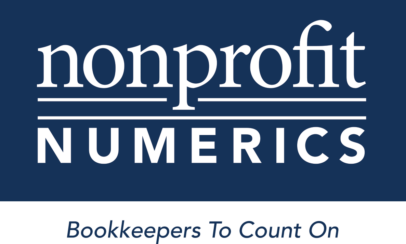At first glance, quarterly financial reports might seem like a reasonable rhythm – frequent enough to track progress, yet spacious enough to avoid overburdening your team.
But for many nonprofits, reviewing financials only four times a year can lead to missed warning signs, avoidable surprises, and missed opportunities.
Let’s break down why monthly reporting offers a stronger foundation for financial stewardship and how to make it more manageable.
The Risks of Quarterly-Only Reporting
When reports are only reviewed quarterly, small issues can snowball into larger problems before they’re even noticed. That might mean:
- Delayed course corrections if a program is running over budget
- Missed revenue targets that go unnoticed until it’s too late to adjust
- Compliance risks if grant spending gets off track
- Cash flow shortfalls that could have been anticipated with earlier visibility
Waiting three months to uncover a financial issue leaves little time to respond—and in the nonprofit sector, where funding can shift quickly, timing is everything.
The Benefits of Monthly Reporting
Monthly reports create a routine feedback loop between finance and leadership. When reports are reviewed every four weeks, teams are empowered to:
- Monitor cash flow proactively, not reactively
- Spot budget variances early and make mid-course adjustments
- Align finance and fundraising by comparing revenue trends against development forecasts
- Build stronger board engagement, especially among treasurers and finance committees
In short, monthly reporting helps you lead with intention, not reaction.
Real-World Examples of Nonprofits that Missed Warning Signs
We’ve seen it all:
- A small youth services nonprofit failed to realize their event expenses had doubled until their Q3 review, leading to a year-end deficit.
- Another group unknowingly underbilled a government grant for three months, losing out on reimbursable revenue that could have been captured with earlier review.
- A third organization had a restricted fund overspent by $10K due to misclassified expenses, only caught after quarterly statements were finally reconciled.
In each case, monthly financials would have surfaced these issues in time to act.
Tools to Make Monthly Reporting Easier for Organizations
The good news? Monthly reporting doesn’t have to mean extra stress. With the right systems in place, it becomes part of your regular rhythm. Some tools we recommend:
- QuickBooks Online, especially with class and donor tracking enabled
- Spend management platforms (like Spend & Expense) to streamline reimbursements and coding
- Cloud-based document management for organized, timely backup
- Recurring financial meetings, even if just 30 minutes, to review reports and talk strategy
And if your internal team is stretched thin, partnering with an outsourced bookkeeping team (like Nonprofit Numerics!) can keep your reports accurate and on schedule, without adding to your plate.
Bottom line: Quarterly reports are useful, but they’re no substitute for monthly insight. The more regularly you review your financials, the better positioned you’ll be to steer your organization confidently through every season.



